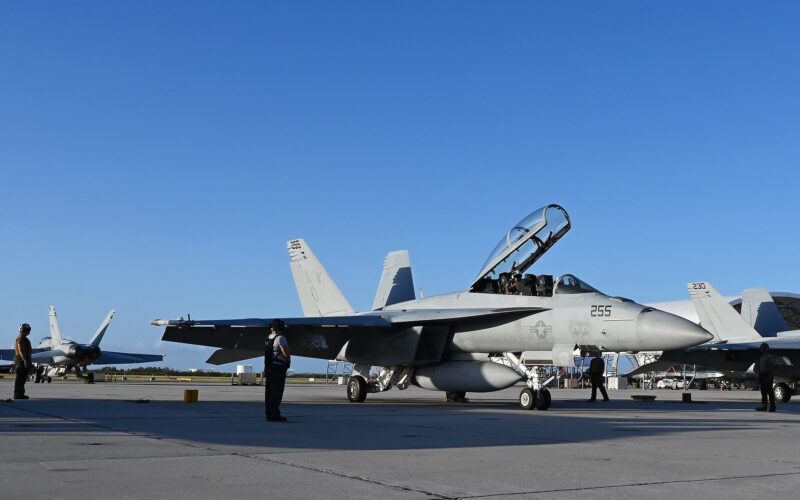The aviation branch of the United States Navy decided to ground all planes and helicopters that are not currently deployed following two crashes in less than a week, one of which caused the death of an instructor and their student.
On October 20, 2020, an F/A-18E Super Hornet fighter jet of the United States Navy crashed during a routine training mission near China Lake Test Base, California. Fortunately, the pilot managed to eject safely. Three days later, a Beechcraft T-6B Texan II training plane crashed in a residential area in southern Alabama, killing both the U.S. Navy instructor and the Coast Guard student on board.
As a reaction, on October 26, 2020, Vice-Admiral Kenneth R. Whitesell, commander of the Naval Air Forces, announced that every U.S. Navy plane and helicopter not currently deployed on a carrier or overseas would be grounded. Additionally, the whole aviation fleet of the Navy, deployed or not, will undergo a thorough inspection.
“This stand-down provides an opportunity for our aviation commands to focus on how to further improve operational risk management and risk mitigation across the Naval Aviation enterprise,” the Navy explained in a statement. The exact duration of the grounding was not disclosed.
Ironically, the U.S. Navy and Marine Corps recently celebrated an “unprecedented milestone” by closing the previous fiscal year without a single aviation-related fatality, a first in recorded naval aviation history.

